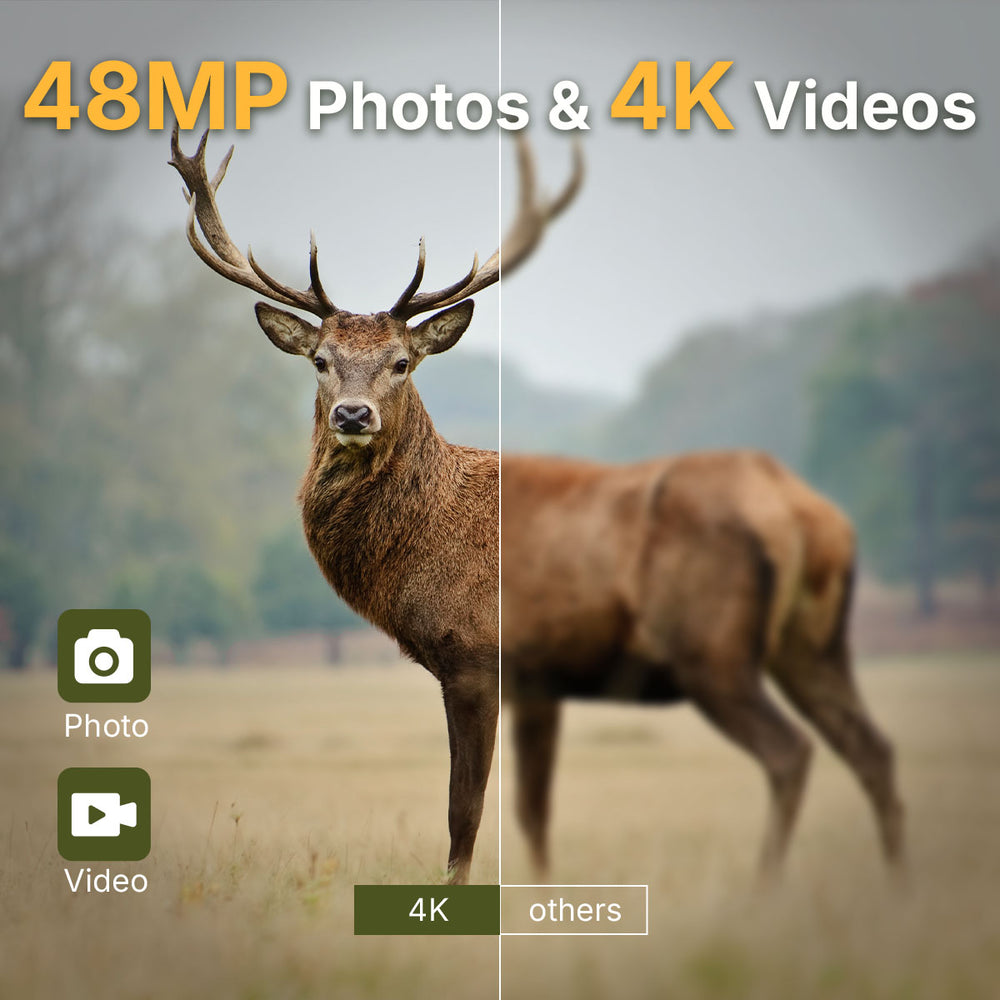How to Practice Golf Effectively: Proven Tips to Improve Your Game
Did you know 80% of golfers plateau within two years due to random, unstructured practice? Unlike other sports, golf improvement demands precision in both physical technique and mental strategy. Effective golf practice isn't just about hitting more balls—it’s about practicing with purpose.
Set SMART Practice Goals
Before stepping onto the practice range, it’s crucial to set clear and realistic goals. Establishing both short-term and long-term objectives will help you stay motivated and track your improvement over time.
Tips
Short-term goals: Improve putting accuracy, refine your grip, or correct a swing flaw.
For example: Reduce 3-putts from 40% to 20% in 4 weeks using lag-putting drills.
Long-term goals: Lower your handicap, increase driving distance, or enhance shot consistency.
For example: Increase driving accuracy from 45% to 60% by mastering a neutral grip.
Short Game Practice: Chipping & Putting
Many golfers focus too much on their drives and neglect the short game, even though putting and chipping account for most strokes in a round.
Putting drills: Use alignment sticks, practice lag putting, and work on short putts inside six feet.
Chipping techniques: Experiment with different clubs, focus on solid contact, and use landing zone visualization.
Bunker shots: Practice hitting sand shots with an open clubface and a smooth swing to develop confidence in bunkers.
Perfect Your Swing Mechanics
A solid swing is the foundation of a great golf game. Without proper mechanics, consistency will be a challenge. Here are some essential elements of a good swing:
Grip, stance, and posture: Ensure a proper grip, balanced stance, and relaxed posture.
Common swing mistakes: Over-the-top swings, incorrect weight transfer, and poor clubface alignment.
Effective drills: Use mirror drills, slow-motion swings, and impact bag training to refine mechanics.

Driving Range Practice vs. On-Course Practice
The driving range is excellent for repetition, but on-course practice provides real-world scenarios that improve strategy and decision-making.
Effective range sessions: Instead of just hitting balls, simulate real-course conditions by switching clubs frequently and targeting specific landing areas.
On-course practice: Play practice rounds with a focus on course management, shot selection, and mental resilience.
Pre-shot routine: Develop a routine that you consistently follow before each shot to improve focus and execution.
Physical & Mental Preparation
Golf is as much a mental game as a physical one. Proper preparation off the course is just as important as on-course practice.
Fitness & flexibility: Incorporate strength training, flexibility exercises, and cardiovascular workouts to improve endurance and power.
Mental strategies: Practice visualization, deep breathing, and focus exercises to build mental toughness.
Pre-round warm-ups: Stretch properly, hit a few short shots, and practice putting to get into rhythm before your round.
Use Training Aids & Technology
Modern technology can significantly improve golf practice by providing real-time feedback and analysis.
Golf rangefinders: Devices like the WOSPORTS golf rangefinder with slope help golfers measure precise distances, improving club selection and course management.

Swing analyzers & simulators: Use tools that provide data on club speed, launch angle, and ball spin to fine-tune your swing.
Training aids: Alignment sticks, weighted clubs, and impact bags can help reinforce proper mechanics.
Prioritize Quality Over Quantity
Repeating the same swing mindlessly reinforces bad habits. Instead:
Slow-motion drills: Start with slow, deliberate swings to ingrain proper mechanics. Gradually increase speed while maintaining form, as this builds muscle memory and coordination715.
Chunking: Divide complex skills (e.g., bunker shots) into smaller parts. Practice each segment separately before combining them7.
Focused sessions: Limit practice to 45–60 minutes to maintain intensity. Elite athletes often split training into shorter, high-concentration blocks.
Optimize Practice Frequency
Consistency trumps marathon sessions:
Daily micro-practices: Even 15 minutes of focused putting drills daily yields better results than a weekly 2-hour session.
Rest intervals: Take 1–2 minute breaks between drills to reset focus.

Track Progress and Adjust
Regularly review performance metrics:
Journaling: Log practice routines, scores, and insights.
Skill audits: Every 4–6 weeks, reassess weaknesses and adjust goals.
Find an Instructor to Drill You and Correct Your Flaws
Working with a golf instructor can accelerate your improvement by identifying flaws and providing personalized drills.
Personalized coaching: A professional instructor can analyze your swing, correct bad habits, and offer drills tailored to your weaknesses.
Video analysis & feedback: Many instructors use technology to show you real-time improvements.
Structured lessons: Taking regular lessons ensures that you stay on track with measurable progress.

Repetition -- The Best Way To Practice Golf
Search
Popular Posts
Recent Posts

Nov 28, 2024
Troubleshooting Common Trail Camera Issues
Jan 10, 2025
Why Does My Trail Camera Stop Working at Night?

















































